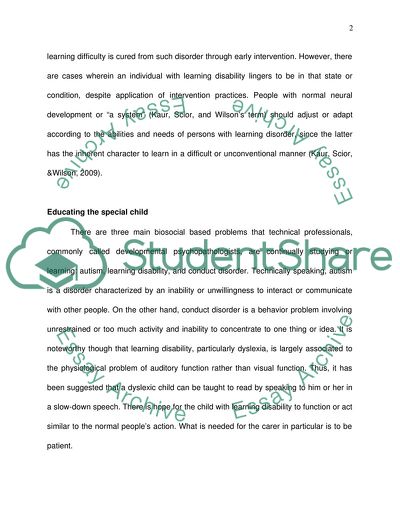Cite this document
(A Child with Learning Disability - Ways and Means of Communication and Case Study, n.d.)
A Child with Learning Disability - Ways and Means of Communication and Case Study. Retrieved from https://studentshare.org/journalism-communication/1742122-learning-disabilities
A Child with Learning Disability - Ways and Means of Communication and Case Study. Retrieved from https://studentshare.org/journalism-communication/1742122-learning-disabilities
(A Child With Learning Disability - Ways and Means of Communication and Case Study)
A Child With Learning Disability - Ways and Means of Communication and Case Study. https://studentshare.org/journalism-communication/1742122-learning-disabilities.
A Child With Learning Disability - Ways and Means of Communication and Case Study. https://studentshare.org/journalism-communication/1742122-learning-disabilities.
“A Child With Learning Disability - Ways and Means of Communication and Case Study”. https://studentshare.org/journalism-communication/1742122-learning-disabilities.


